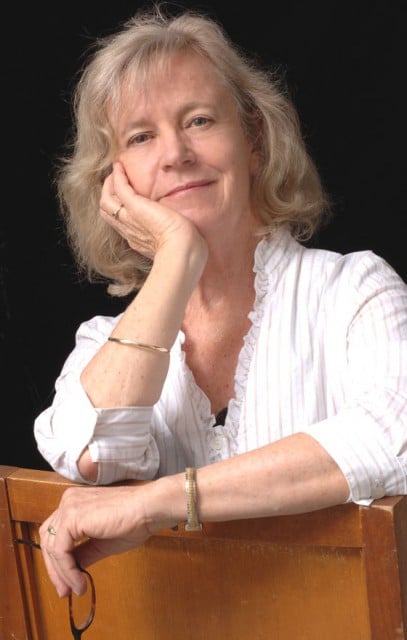
Australians, including Australian political leaders, were among the best informed globally and every state had an action plan on climate change 25 years ago, according to a new book by journalist Maria Taylor.
Global warming and climate change: What Australians knew and buried…then framed a new reality for the public documents the history of Australia’s descent from an early highpoint of good public knowledge and will to act into confusion, uncertainty and stalemate on action.
As climate scientists issue increasingly urgent warnings of irreversible changes, particularly to the world’s oceans, and with new global climate talks due in December, Australia is now seen as one of the most backward nations in terms of response.
This book analyses how this happened in a country that was once at the forefront of climate knowledge.
‘The science risk messages didn’t change. What changed is the story that Australia’s political leaders and the mass media together told the public,’ says author Maria Taylor.
‘This book explores how and why a whole nation was persuaded or propagandized to ignore the risks and defend the fossil fuel status quo over a 25 year period. As a result we have a much higher burden of greenhouse gases to deal with now, than if we had acted earlier.
‘For example, Australia in 1990 had a draft target to reduce greenhouse gas emissions by 20 per cent below 1988 levels and was setting up programs to implement it.
‘What happened then in the 1990s has led directly to the present day toxic politics surrounding climate change action. The current federal leadership rejection of the opportunities offered by renewables, including many jobs, and the manufactured hysteria about a pollution tax seem extreme, but fit into the thinking of the past two decades.
‘To move forward, it helps to understand the values and beliefs and the institutions that trumped the science and blocked effective action and how it was done,’ says Dr Taylor.
She says some values that swept aside ethical and risk considerations and have continued largely unquestioned include the notion that existing markets will decide what is in the national interest.
‘There was also the belief that technology will save us when we’ve finished with all the fossil fuels (so no problem with delay),’ she says.
The book documents how a phony media debate can be and was created. And how ‘uncertainty’ was used and abused to make people forget about risk insurance they might apply elsewhere.
The book includes the story of Dr Graeme Pearman, former head of CSIRO Atmospheric Research, who played a key role in the early good communication and understanding, only to lose his job because he persisted in communicating with the public. We also hear the evidence and verdicts from government ministers, journalists, policy experts, and more scientists who played roles as this story unfolded.
Global warming and climate change: What Australians knew and buried…then framed a new reality for the public is published by ANU Press. Copies can be purchased online at http://www.mariataylor.com.au/.




ON my instruction to WA water department (and others water departments)
“desalination drains and connected to creek – that is connected to sea” Or drain to sea
WA water department did just that – but work was stopped by WA gov as being to expensive.
but farmers took it on and by now 12 000 km yes 1 2 000 of desalination drains
in WA wheat belt done.but no connection to sea – perhaps some drains
it obviously works also without connection to sea and is also simple physical explanation why
it can be done much better.and existing system can be improved
If drain to sea is made than underground saline level will fall and salinity of underground water will be decreasing – eventually in drains will be fresh water
WA LAW
Obligatory farmes must get permission for desalination drain
and not to be connected to fresh water course.
FROM CSIRO DESALINATION DRAINS Drains now exist in almost every catchment in the wheatbelt.
The total length of these drains has been estimated to be
greater than 12 000 km, but they are generally scattered,
and without extensive regional linkages. Most of the drains
have been constructed with limited planning, design, and
construction guidelines, and usually with little analysis or
understanding of downstream effects. The Department of Agriculture and Food, Western Australia (DAFWA) recommends that deep drains are part of an integrated water and salinity management program
Conditions on NW Australia are far better